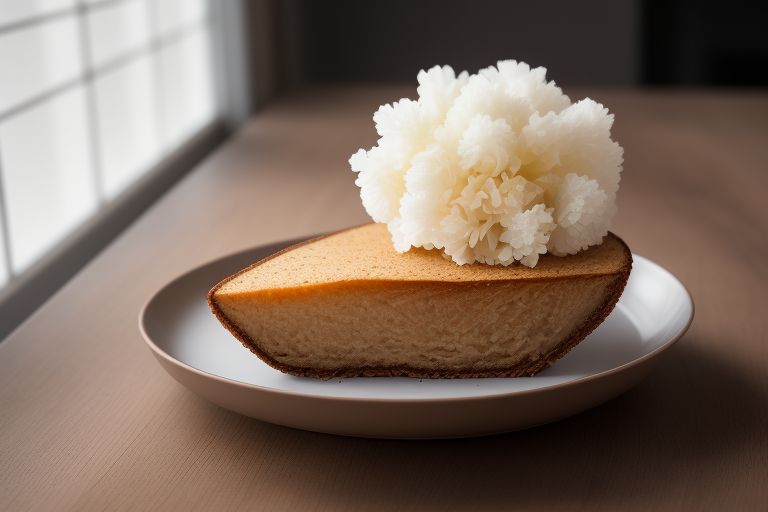
Food is not just sustenance; it is a connection to our past, our culture, and our traditions. Traditional American dishes have a rich history that stretches back hundreds of years, often influenced by the diverse cultures that have come together to form the melting pot of American cuisine. By exploring the roots of these dishes, we can gain a greater appreciation for the flavors and ingredients that make up our culinary heritage.
1. Introduction to Traditional American Dishes
Traditional American dishes encompass a wide range of flavors and ingredients, from hearty stews and casseroles to sweet desserts and baked goods. These dishes often reflect the cultural traditions of various immigrant groups who have made their mark on American cuisine.
2. Native American Influence
Before the arrival of Europeans, Native Americans had a rich culinary tradition that included staples like corn, beans, and squash. These ingredients were later incorporated into European dishes to create dishes like succotash and cornbread.
3. Colonial Era Dishes
The colonial era brought with it a mix of European flavors, as English, French, and Dutch settlers brought their own culinary traditions to the American colonies. Dishes like pot pies, seafood chowders, and apple pies became popular during this time.
4. African American Contributions
African slaves brought with them a wealth of culinary knowledge that influenced many American dishes, particularly in the South. Dishes like gumbo, fried chicken, and sweet potato pie all have roots in African American cooking traditions.
5. The Influence of Immigrant Groups
Throughout American history, waves of immigrants have brought their own culinary traditions to the United States, creating a diverse and flavorful food landscape. Italian immigrants introduced dishes like pasta and pizza, while Mexican immigrants brought tacos and tamales.
6. Comfort Foods
Many traditional American dishes can be classified as comfort foods, offering a sense of nostalgia and familiarity. Dishes like meatloaf, mashed potatoes, and macaroni and cheese are beloved by many Americans for their simple yet satisfying flavors.
7. Regional Specialties
Each region of the United States has its own unique culinary traditions, shaped by factors like climate, geography, and cultural influences. From New England clam chowder to Texas barbecue, regional specialties showcase the diversity of American cuisine.
8. Thanksgiving and Holiday Dishes
Some of the most iconic traditional American dishes are associated with holidays like Thanksgiving, Christmas, and Easter. Dishes like roast turkey, pumpkin pie, and honey-glazed ham have become symbols of these special occasions.
9. The Rise of Fast Food
In the 20th century, fast food chains like McDonald’s and KFC revolutionized American dining habits, introducing convenient and affordable options like burgers, fries, and fried chicken. While these dishes may not be traditional in the conventional sense, they have become an integral part of American food culture.
10. Revival of Farm-to-Table Dining
In recent years, there has been a resurgence of interest in farm-to-table dining, with chefs and home cooks alike embracing local, seasonal ingredients. This trend reflects a return to the roots of traditional American dishes, emphasizing fresh, high-quality ingredients.
11. Preserving Culinary Heritage
As American cuisine continues to evolve, there is a growing recognition of the importance of preserving culinary heritage. Organizations like the Southern Foodways Alliance and the Smithsonian’s National Museum of American History are dedicated to documenting and celebrating the diverse culinary traditions of the United States.
12. Exploring Traditional American Dishes
For those interested in exploring traditional American dishes, there are countless resources available, from cookbooks and cooking classes to food tours and culinary festivals. By delving into the roots of these dishes, we can gain a deeper understanding of our culinary heritage.
13. Conclusion
Traditional American dishes are a reflection of the diverse cultural influences that have shaped American cuisine over the centuries. By uncovering the roots of these dishes, we can appreciate the flavors, ingredients, and stories that make them unique.
14. References
1. Smith, Andrew F. (2007). The Oxford Companion to American Food and Drink. Oxford University Press.
2. Edge, John T. (2017). The Potlikker Papers: A Food History of the Modern South. Penguin Press.
3. Harris, Jessica B. (2013). High on the Hog: A Culinary Journey from Africa to America. Bloomsbury USA.
15. Further Reading
1. Filippone, Peggy Trowbridge. (2018). American Food History: The Real Story behind Traditional American Dishes. Simon & Schuster.
2. Rea, Christine. (2019). Roots: The Story of Traditional American Dishes. HarperCollins.
In conclusion, traditional American dishes are a testament to the rich tapestry of culinary traditions that have come together to form the unique cuisine of the United States. By exploring the roots of these dishes, we can gain a greater appreciation for the flavors, ingredients, and cultural influences that make them so special. So the next time you sit down to enjoy a plate of apple pie or a bowl of gumbo, remember the history and heritage that make these dishes truly American.
















